Last updated on February 16th, 2025 at 03:25 pm
Invite the birds to eat lunch on a sunny window sill and you’ll be surprised who may come to visit.
This nature project can be as simple as setting out mixed bird seed, or selected seeds and other foods to entice certain breeds of birds.
The window chosen for this purpose should be on a quiet and sheltered side of the house if possible. Nearby trees and shrubbery will attract more birds. Branches of thorn apples, alders and evergreens can be fastened firmly to the window frames to dress the lunch counter on the outside while house plants or a curtain should be placed on the inside as a screen.
For more easy bird feeding options, see: Easy Homemade Suet Feeder (free basic woodworking plan), Log Suet Feeder, Kitchen Food Scraps to Safely Feed Wild Birds, Simple Cup and Saucer Bird Feeder, and Make a Bird Feeder from a Milk Carton.
Setting Up a Window Sill Bird Feeder
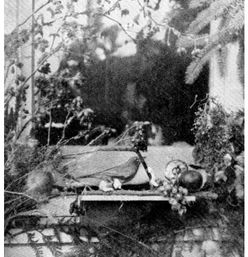
Here you can see the window sill lunch counter from the outside.
Food shelters become centers of interest in proportion to the number of birds attracted to them. The kind of food placed there determines in time the kind of birds that will be found frequenting them. Seed-eating birds are readily attracted by the use of small grains such as oats and wheat. However, every farmer finds a quantity of weed seeds upon cleaning his seed grain, which proves very acceptable to chickadees and blue jays.
Bread crusts or crumbs, crackers and doughnuts may be placed in the food shelter with the knowledge that the birds will eat them. For those of the city who would need to buy seeds, it will be just as well to get hemp, millet, canary seed and sunflower seed, together with the small grains and cracked corn for foods. Suet, scraps of meat and various vegetable scraps, such as celery, lettuce, apples, raisins, and the berries of various bushes, if they can be obtained, are relished. Bluebirds seem fond of meal worms such as develop in old cereals.
All birds require water and frequently suffer because this is not to be had. If it is possible to meet this need a great service is rendered.
Bluebirds at the sill for meal worms
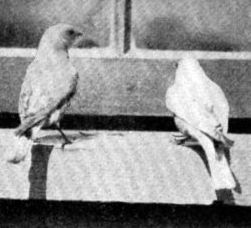
Finally, when the ground is snow covered, many birds appreciate a supply of sand and finely ground poultry grit.
A large selection of open-sided bird feeders are readily available from nature centers, hardware stores or online.
Some of these may be suitable for perching on top of a window sill, offering roof protection from rain or snow while still allowing a good view of the birds through the open sides.
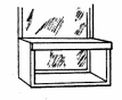
Alternatively, you can make your own simple window sill food shelter, such as the one illustrated at right, using the woodworking plan shown below.
All you need to make this is a wooden rectangle, open at the back and the front. If necessary, adjust the measurements to fit your window frame.
With patient kindness, you may eventually be lucky enough to feed the wild birds that come to visit your window sill by hand.
A robin comes to feed from the children’s hands
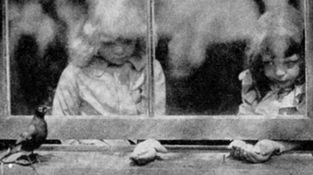
Did You Know?
According to a study by the Wilson Ornithological Society, no fatalities occurred in birds coming to a feeder less than 1 m away from a window, but a marked increase in mortality occurred when feeders were placed 5 and 10 m from the glass.
Source: Bird Houses Boys Can Build, by Albert F. Siepert, 1916
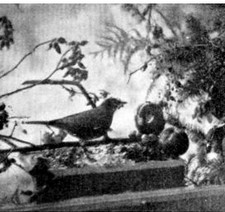
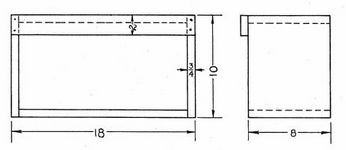


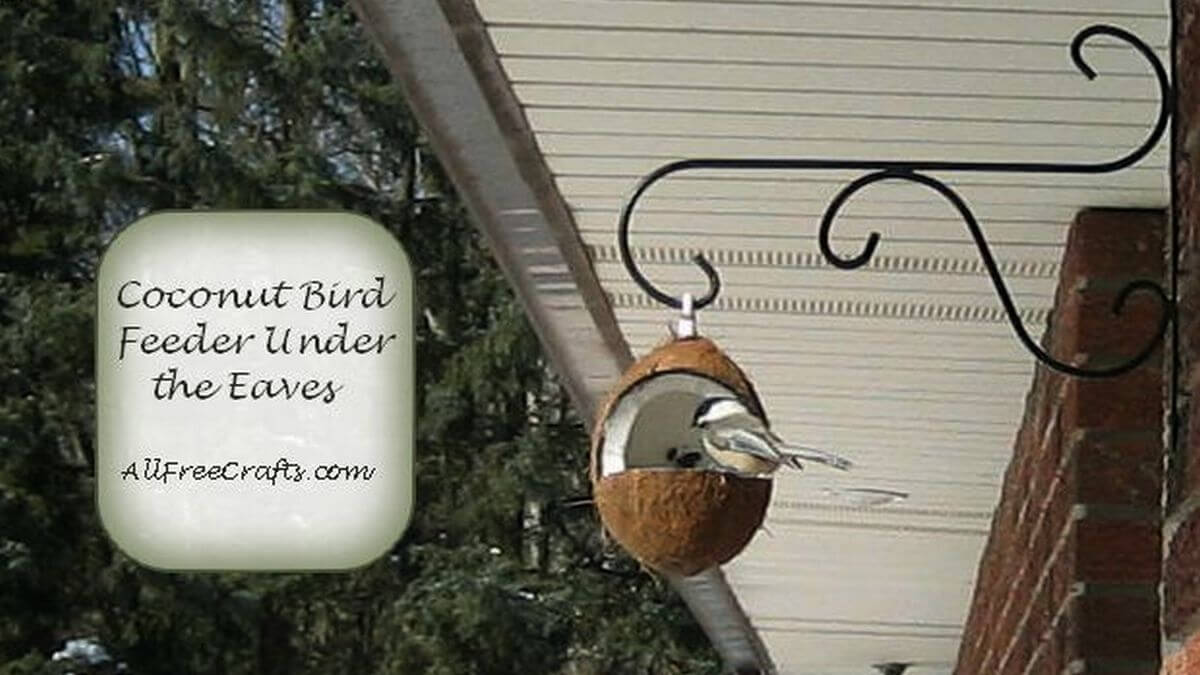
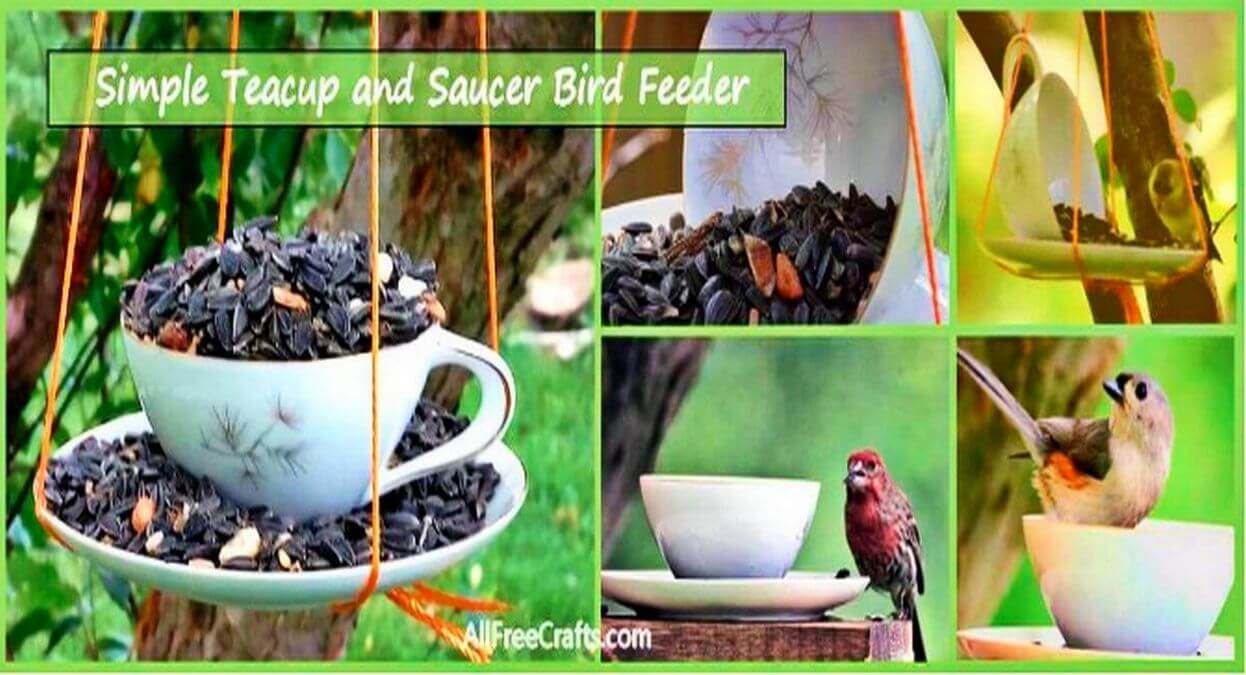
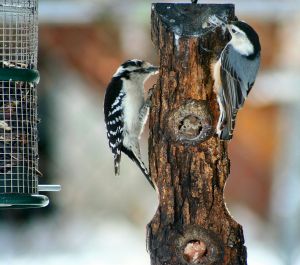
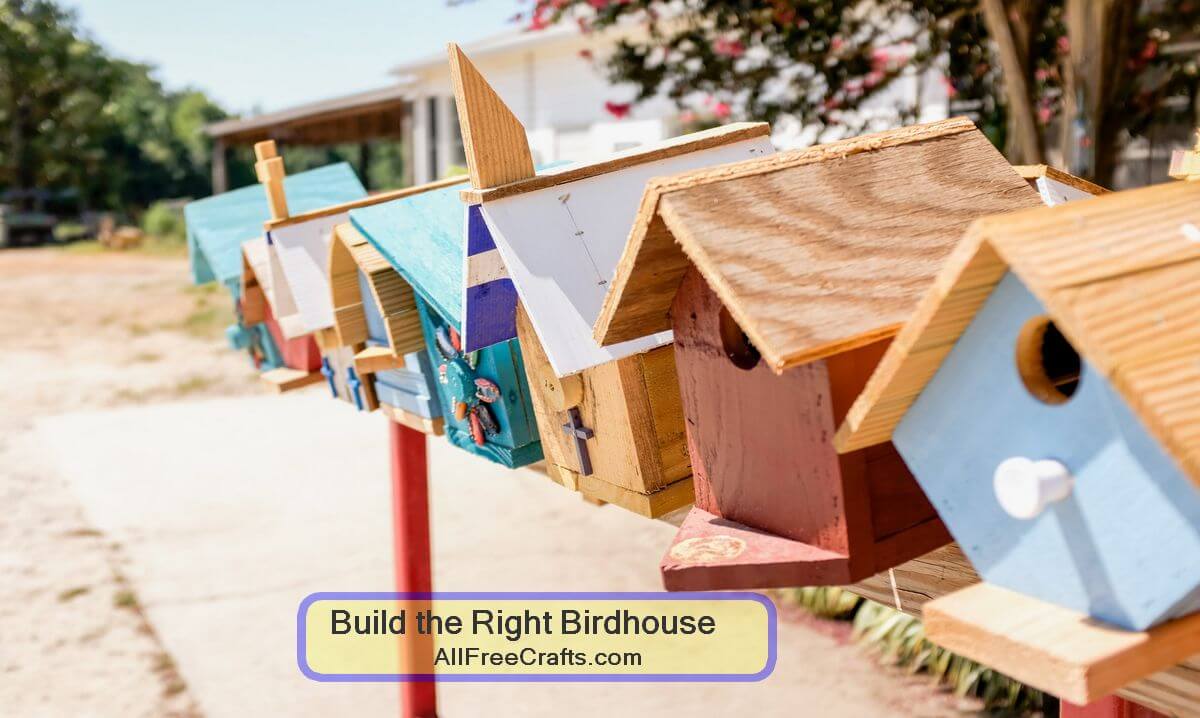
I feed them right on my windowsill. I’ve had several species visit from Cardinals, Junco, Bluejay, Chickadee, and the odd squirrel!
That must be amazing to see! I’ve tried handfuls of black oil sunflower seeds that way, just set in a clay saucer on the windowsill. Chickadees love it and I get the occasional chipmunk who comes and stuffs his cheeks with as much as he can.